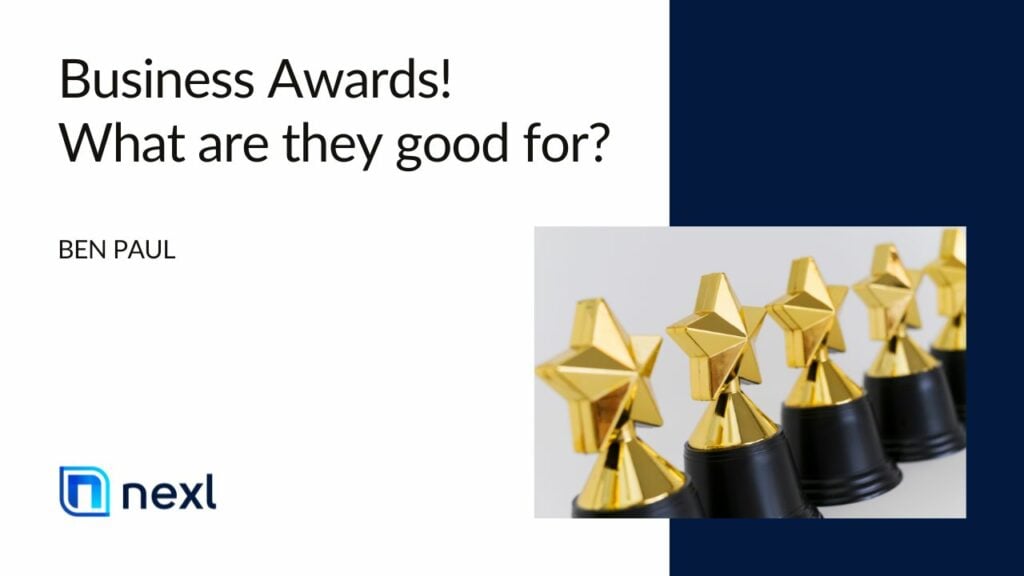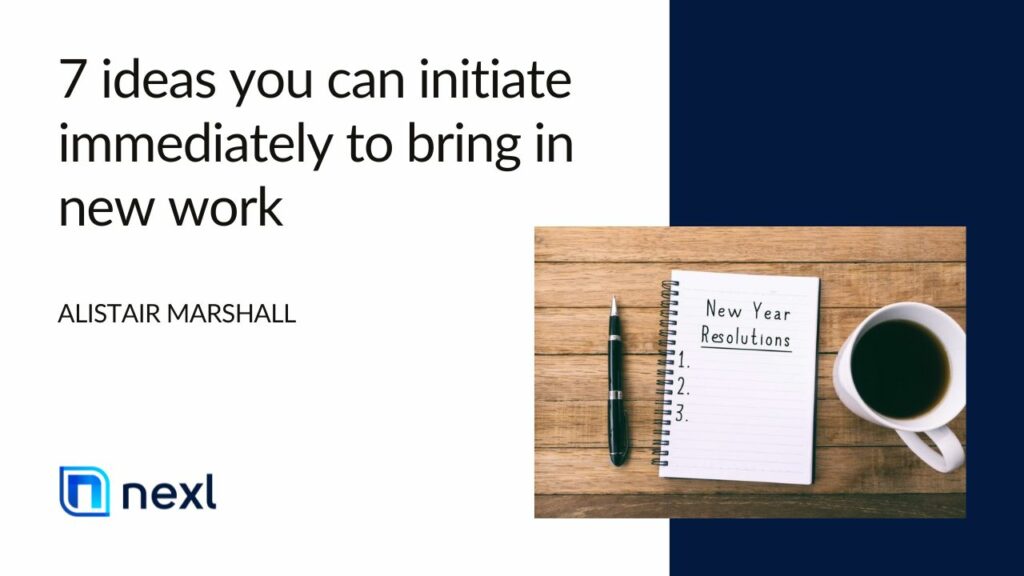One of the most powerful ways that a law firm can grow their business is through boosting client referrals.
This basically entails improving the quality of your service across a number of different metrics.
These may be delivery speed, pricing, the legal product itself, modes of communication, and many other variables that impact the perceived quality of your service.
Once you improve the quality of your service, your customers will come to love it. This can have an effect that means clients will ‘promote’ your services to their friends and family.
This is what is referred to in the technology world as ‘product-led growth’, and is shown to be one of the most effective methods of growing a business.
In a past article, we explored the fundamentals to creating more referrals from your clients through this product-led growth methodology.
We looked at the importance of feedback – how to gather it and what to do with it.
This gives you a strong foundation in seeing what you’re doing and how you can improve.
In this article, we are going to look at the tools that you can use to boost your business once you have created the feedback-gathering foundation.
Automated feedback-gathering software
The first tool we can use is software that gathers feedback from clients automatically. This is important, as gathering and processing feedback takes time.
However, as discussed in a previous article, these are essential to the sustainable growth of your law firm and in upholding the high standards of service that will make your firm prosper.
These tools come in a variety of shapes and sizes, however there are a few main points that you want to look for in such software. The first is the ability to easily ask customers for feedback.
This might be via an email, whether out of your personal inbox or via an external automated system. You may want to play around with the content of this email, whether it’s an NPS survey, an extended questionnaire, or something else altogether.
This kind of software will make it easy for users to give you feedback. This is one of the most important parts of gathering feedback – that you actually gather some, rather than it being a process so onerous for the recipient that they don’t want to do it at all.
Ideally, this kind of software will collate this data into an easy-to-understand format, and track it over time. This is so you can see how the changes you have implemented, have influenced the client experience.
There are many examples of such software out there at different price and feature levels. Survicate is one that we have used in the past and works great.
Customer Relationship Management software
This is perhaps one of the most useful pieces of software you can have in increasing the number of the referrals that you get from your clients.
The idea here is to be ‘top of mind’ of your clients, so that when a potential piece of work arises for them, or if they are in conversation with their acquaintances, your name will come up in conversation, and you have a piece of work referred to you.
Customer relationship management software is just a way of keeping tabs on your interactions with your clients and storing simple pieces of information about them.
This may be as simple as a spreadsheet with perhaps 5 or 10 columns. These may include First name, Last name, Firm, Email, Referrals received, Notes, Last interaction date, Jobs done, and whatever else tickles your fancy.
Not only does this help you keep tabs on your clients, it is also a centralised repository of useful information like Emails that you can use to send out information to everyone.
On the more complex end, this may look something like Hubspot, with dozens of fields and powerful messaging functionality, and huge pricepoint to match.
If you are interested in using NEXL’s CRM that integrates directly into your Outlook inbox (automatically logging emails exchanged and meetings), you can do so for free at app.nexl.io.
Distribution channels of information
A third tool that you can use to grow your practice, is a rigorous and easy-to-use distribution channel. This may overlap with the CRM that you use if you use something like Hubspot.
The purpose of this distribution channel is to add value to your past and potential future clients even when you are not doing legal work for them.
This can take on many, many different forms. It can be as simple as a social media outlet like LinkedIn or Twitter of Facebook. It may also be a blog on your website.
You may even use software like Buffer to connect your various accounts and automatically post across all of them.
You may even choose to create a newsletter and send it out to your mailing list every month. A platform like Mailchimp can be used for this.
On the other hand, you may choose to publish your content on something like Medium, online publications or other legal journals.
The better distribution channels will be able to track what you have sent, track engagement of the things that you send, and event allow for features like split-testing so that you can incrementally improve the quality of content that you send out.
The most important part of this tool is to use it regularly. Content-based marketing (rather than paying for Facebook or LinkedIn ads) is a slow process. But once it gets rolling, the momentum will pick up and can become a powerful referral-gathering process.
Wrap up
There are a number of tools that are available in your business development toolbox, even beyond the three we have covered above. For example, you can consider implementing software that makes the invoicing process easy and enjoyable for your clients.
You may think about using enticement and reward tools like sending bottles of wine if they refer any clients to you, or sending out gift cards to certain clients.
However, in our perspective, the three tools above are the most powerful that you can implement in your business development efforts around creating client referrals. Although you may already do some or all of these, there is always room for improvement.
It is useful to speak to other firms or lawyers you know to find out what systems they use, and how they use them.
If you’re interested in seeing how a tool like NEXL can benefit you and your firm, click below for your complimentary demo.






